
Heavy Rain, Flooding, and Chance of Severe Weather Staring Down the Southern U.S.
January 22, 2024
Posted: October 1, 2022 6:50 am




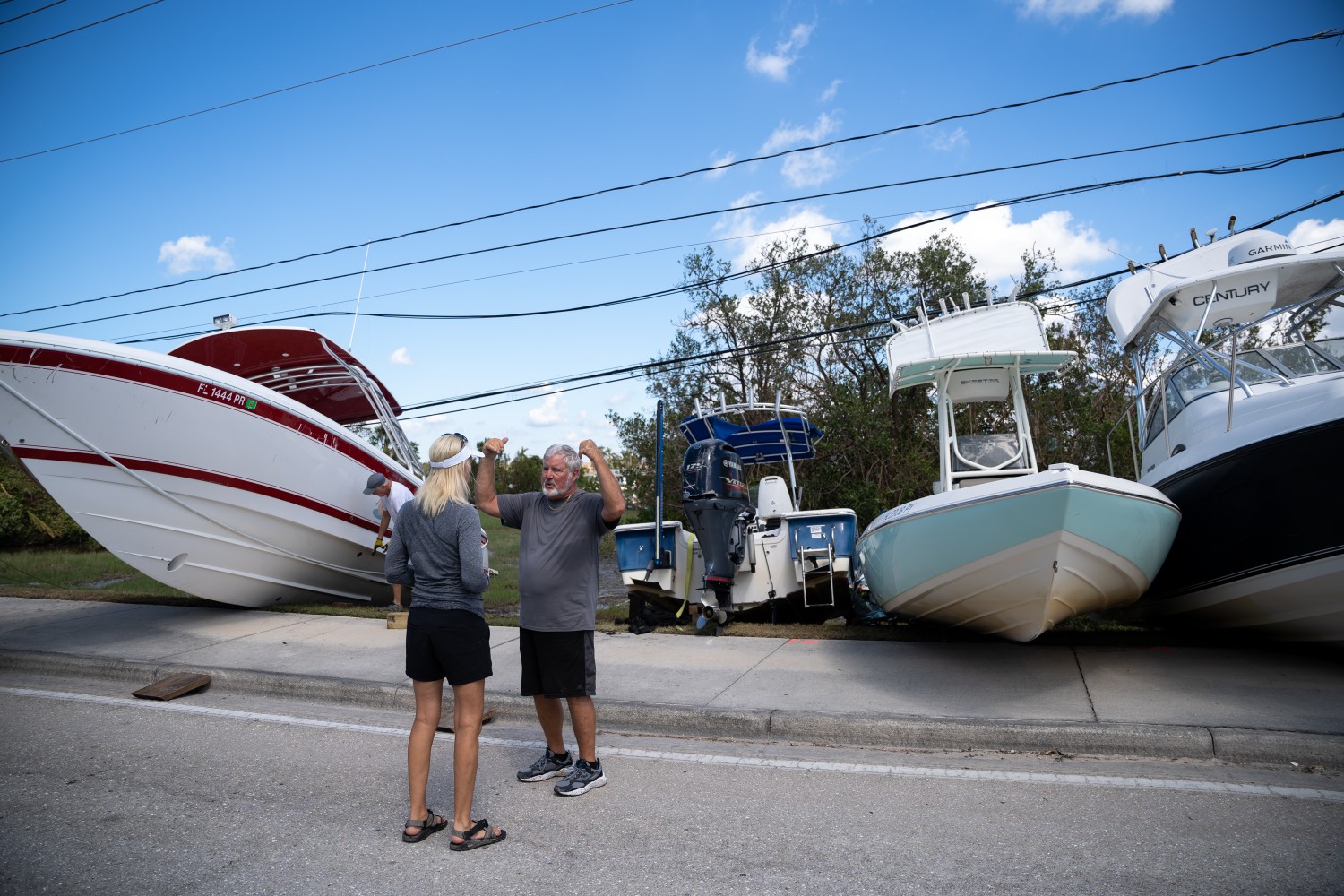
South Carolina Experiences Wrath of Ian with Record Storm Surge
Now that the sun is out and the cleanup efforts are in full swing throughout Florida, the damage of Hurricane Ian is just starting to reveal itself. The news is not good for the Sunshine State, particularly for those living along the southwestern coast. Ian’s third landfall along the coast of South Carolina also triggered substantial flooding in this corner of the U.S.
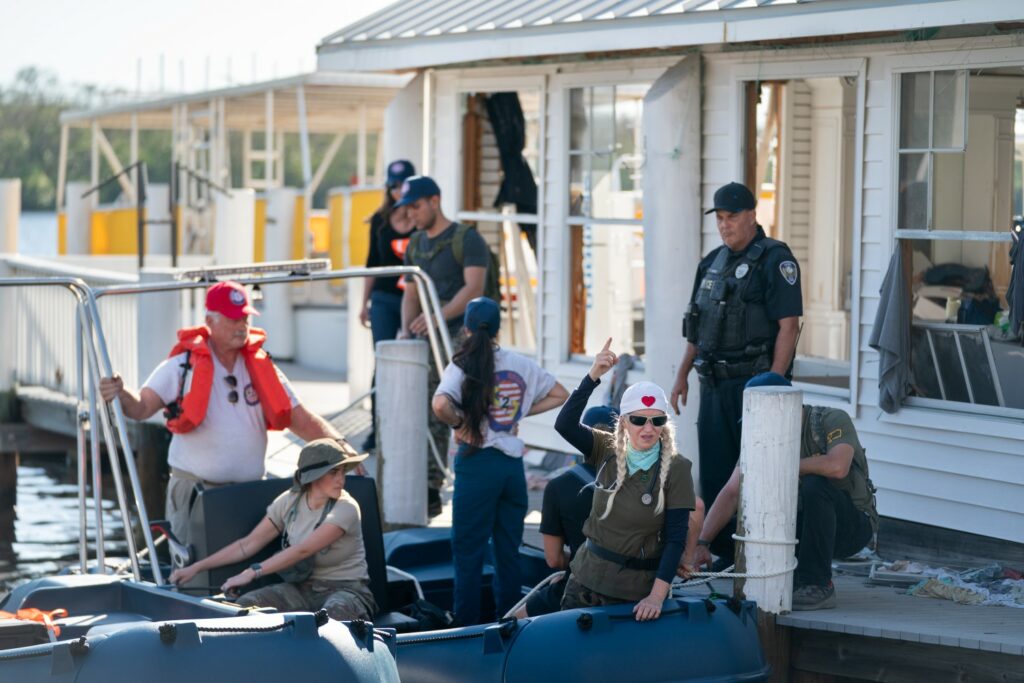
The death toll was still uncertain a full two days after landfall as search and rescue crews continue to assess the damage. By Saturday morning, the death toll was being reported at 30. This number includes 27 fatalities in Florida and an additional three in Cuba. However, officials caution that this number will likely continue to grow in the coming days as the search goes on for those on the missing list.
President Joe Biden also warned during a media briefing at FEMA headquarters that Ian could end up being the deadliest hurricane in the state’s history. Florida Gov. Ron DeSantis is echoing this sentiment. By Friday, rescue crews had gone to over 3,000 places of residences trying to locate survivors and those in need of help.
Power has also been slow to return with over 2 million residents in the dark after the storm had passed. Some power grids have been completely destroyed, spelling a long process of recovery for many of the hardest-hit areas.
The economic loss is also going to be a number that will be incomprehensible. The latest estimates put this figure at $100 billion to $120 billion. This number would put Hurricane Ian as one of the most costly natural disasters in the nation’s history.
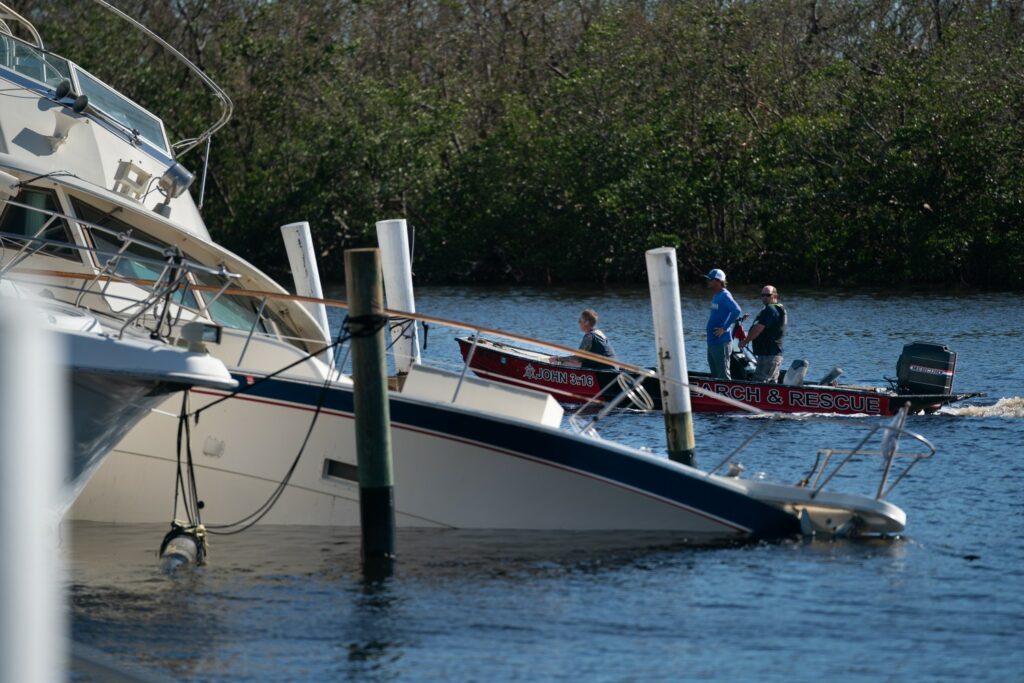
In addition to the thousands of homes that were likely destroyed, the strong Category 4 storm also brought down the only road into Sanibel Island and severely damaged the historic Naples Pier. Sanibel Island has been effectively cut off from the peninsula, forcing officials to evacuate those residents who chose to stay behind. Boats and yachts were thrown around as if they were toys in waterways up and down the coast.
The toll on the state’s agricultural interests will also be significant. Experts are predicting a loss of about $6 billion, including damage to the state’s famed orange and grapefruit trees. Other commodities severely impacted will be peanuts, cotton, and soybeans.
While the winds gusting to over 150 mph were certainly a story with Ian, it was the heavy rainfall and storm surge that caused the greatest amount of damage. The most torrential rain fell in an area stretching from Port Charlotte on the west coast of the state across to Ponce Inlet on the opposite side of the peninsula. This put areas such as Orlando under the gun for flooding rainfall.
Some of the most staggering rainfall amounts included 31.52 inches near Ponce Inlet and 28.60 inches at New Smyrna Beach. When combined with the monster storm surge, it is no surprise to learn that so many homes and businesses have been flooded beyond repair.
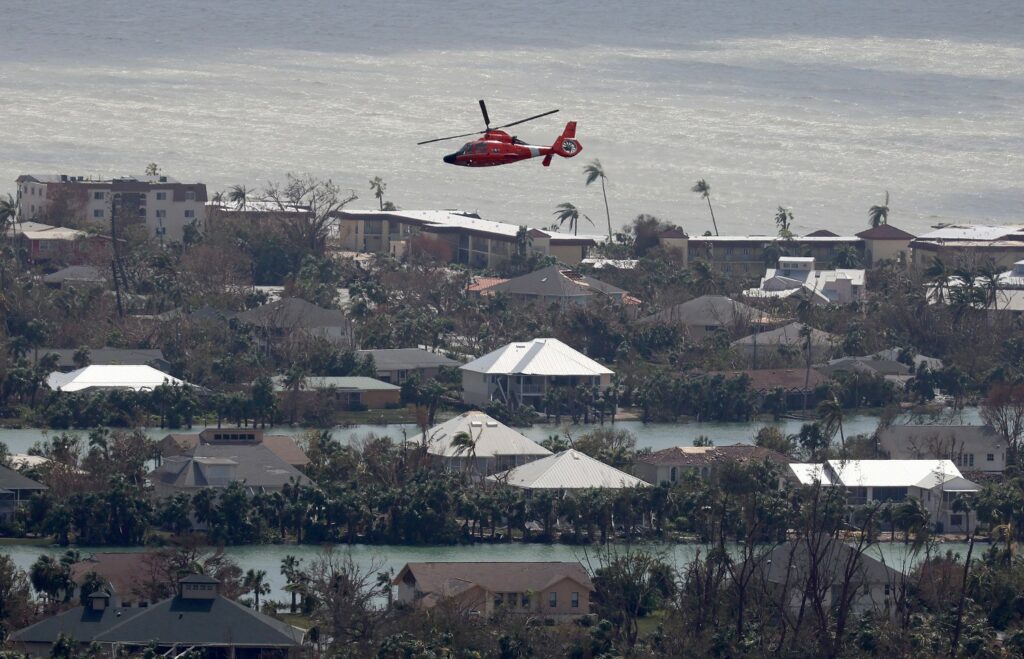
The total damage in Florida does not even account for what Ian went on to do in the Southeast. By the time that the storm broke up, it had made three landfalls on U.S. soil. The first landfall came Wednesday afternoon across the barrier islands of southwestern Florida. This landfall happened to the west of the Fort Myers area, the heaviest populated area of this corner of the state.
The storm then made another landfall a few hours later to the south of Punta Gorda, slightly to the northeast of its first Florida landfall. After spending a few days menacing Florida, the storm then moved out to the Atlantic Ocean where it once again became a hurricane after it found warm ocean waters. Hurricane Ian made a third landfall as a Category 1 storm on Friday afternoon near Georgetown, South Carolina.
While data is still coming in, the preliminary report of storm surge in Wrightsville, North Carolina measured 4.18 feet, the highest ever recorded in this area. This figure beat the historic storm surge from 2018’s Hurricane Florence and 2015’s Hurricane Joaquin.
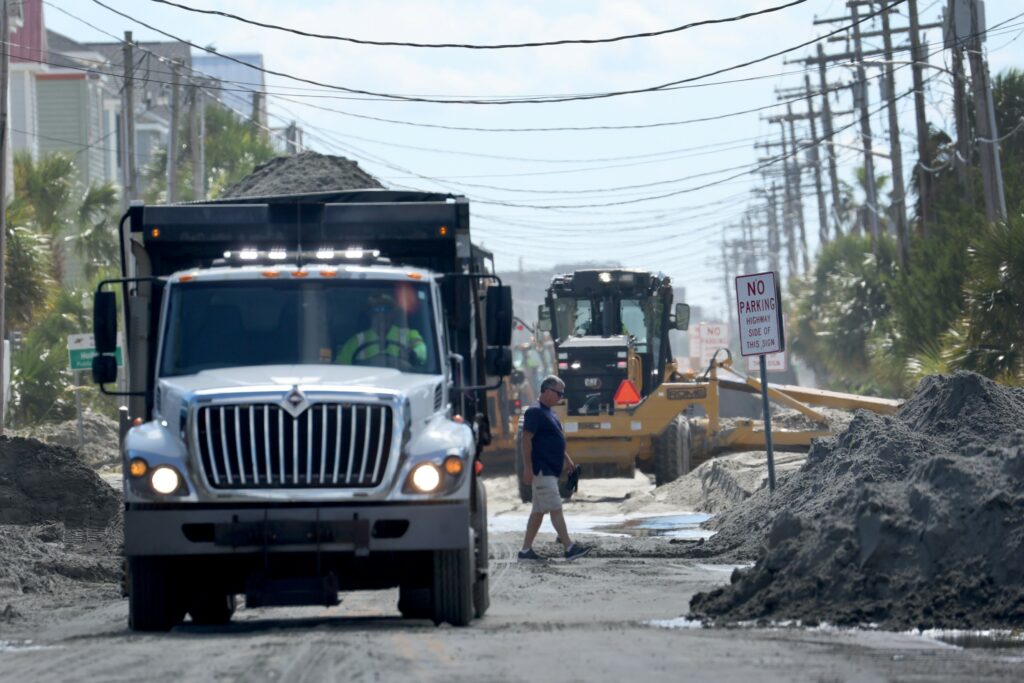
Structural damage was also reported in the popular resort town of Myrtle Beach. One hotel lost its roof thanks to the high winds. The South Carolina Department of Transportation said that they responded to over 500 calls regarding downed trees. Less than 24 hours after making landfall, there were over 400,000 people in the Carolinas without power.
The historic town of Charleston, South Carolina was also inundated with heavy rain and floodwaters. Approximately 18 inches of floodwater was reported near the Union Pier Terminal near the east side of the city.
President Biden summed it up accurately when he spoke to the media on Friday, stating that it was going to take years to rebuild from what Ian left behind.
Did you find this content useful? Feel free to bookmark or to post to your timeline for reference later.

January 21, 2024

January 19, 2024

January 18, 2024